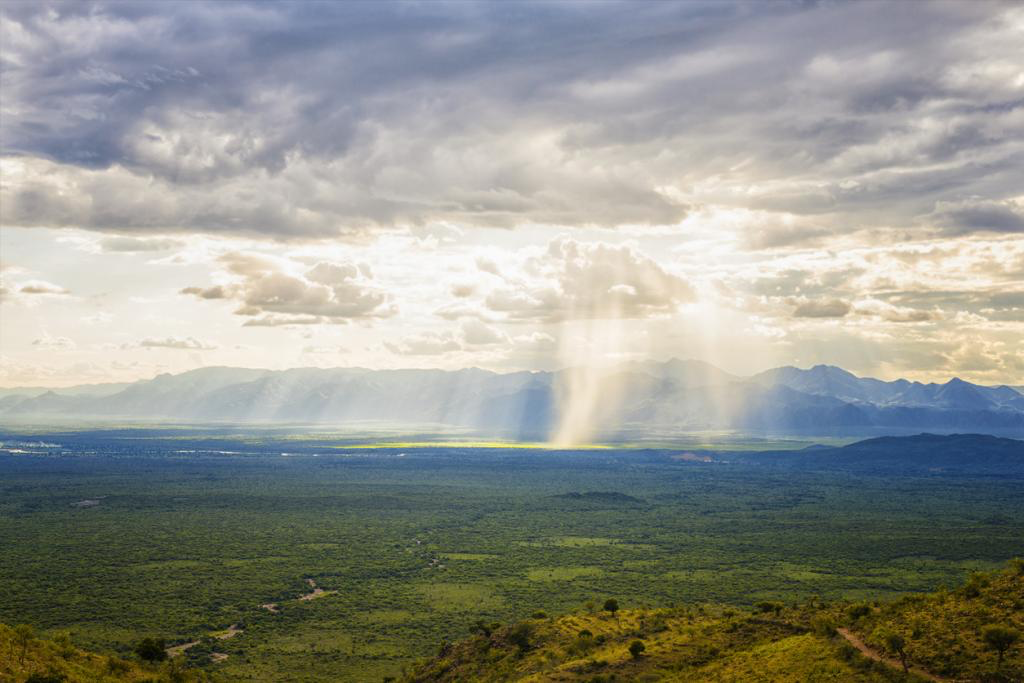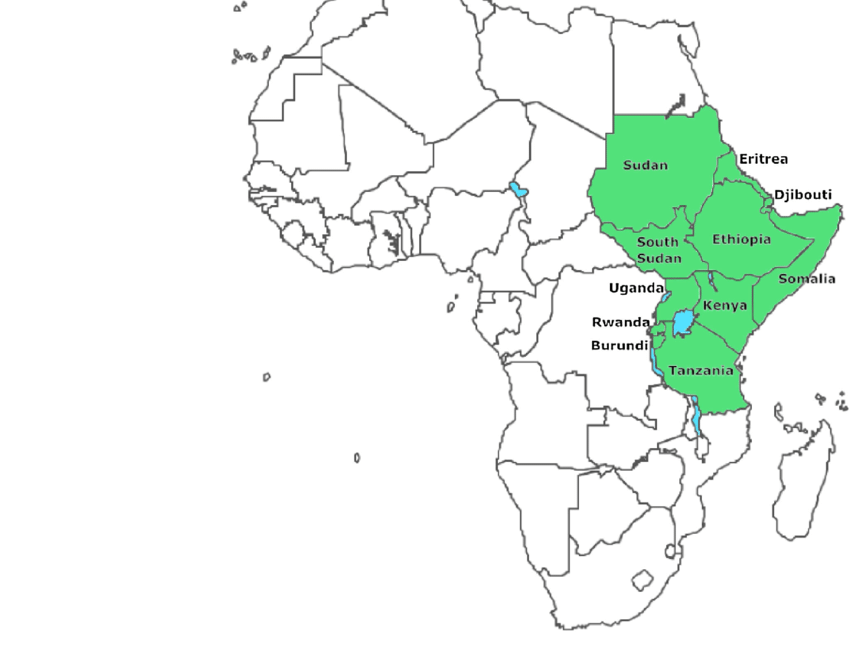Free Courses Sale ends Soon, Get It Now


Free Courses Sale ends Soon, Get It Now



Disclaimer: Copyright infringement not intended.
Context
Climate forecast for the Greater Horn of Africa region, focusing on the period from October to December 2023.
Details
Forecast Details
Regional Variations
Temperature Impact
Potential Blessings and Curses
About Greater Horn of Africa
Geographical Scope

Disclaimer: Copyright infringement not intended.
Countries in the Region
Topographical Diversity
Cultural and Ethnic Diversity
Climate Variability
Socioeconomic Challenges and Opportunities
Challenges
Opportunities
Environmental Considerations
Climate Patterns and Variability
Conservation Efforts
|
PRACTICE QUESTION Q) How can regional cooperation and effective governance strategies mitigate the negative effects and harness the benefits of extreme weather patterns in the Greater Horn of Africa? (150 words) |
© 2024 iasgyan. All right reserved